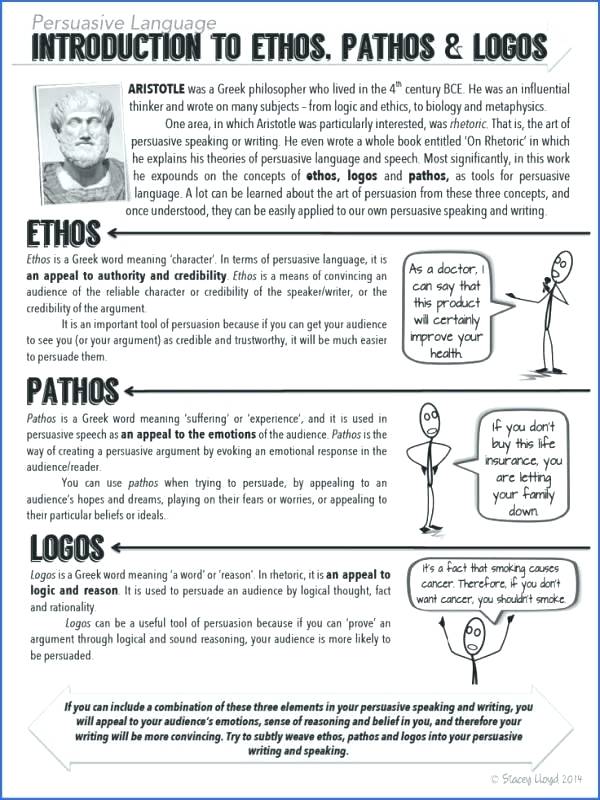Assignment 4.1: Strength of the Human Spirit
| Site: | Cowichan Valley School District - Moodle |
| Course: | English 11, CVOLC, Online, 21-22 |
| Book: | Assignment 4.1: Strength of the Human Spirit |
| Printed by: | Guest user |
| Date: | Sunday, 14 December 2025, 11:39 AM |
1. Learning Targets
|
Learning Target(s):
|
2. The Human Spirit
The human spirit is what drives us as individuals; it is our passion, intellect, emotions, and creativity. Throughout history, there have been times where the written and spoken word have created change, even if only in the heart of one individual. For Assignment 1 you will be exploring examples from different genres to summarize, analyze, and demonstrate their techniques and effectiveness as powerful examples of the strength of the human spirit.
The lessons and tasks will teach you to critically evaluate and personally connect to people, moments, and messages in a variety of forms.
3. The Art of Rhetoric
The Art of Rhetoric: As defined by Aristotle
Rhetoric is a term used that means to effectively persuade, influence or impress an audience. Aristotle describes three different tools that now form the base from which media, advertising, and general discourse are rooted.
Watch this video describing each tool. Take notes as you watch.
4. Persuasive Language

Try this for Practice!
Use either Martin Luther King’s Letter from Birmingham Jail or King’s
Use the following worksheet to practice labeling and identifying the different forms of rhetoric.
Analysis of Rhetoric.docx
Analysis of Rhetoric.pdf
*Do not submit this practice sheet
Source: Secondary Solutions, Analyzing Rhetoric and Rhetorical Devices
5. Rhetorical Devices
There are many tools and techniques that poets, writers and orators use to sway their audiences. The following information and practice will allow you to understand, analyze and distinguish between the different techniques and tools.
"Rhetorical Devices for Persuasion" discusses 8 different rhetorical devices: rhetorical question, analogy, simile, metaphor, parallelism, repetition, allusion, and anecdote. This list of rhetorical devices is not exhaustive, obviously, as other strategies include antithesis, juxtaposition, and humour. Click here to review rhetorical devices and their definitions.
Practice your ability to pick out rhetorical devices in text and speech. Revisit Martin Luther King’s letter or speech from the previous practice (Persuasive Language) and fill out the chart in the worksheet below. Find examples of different rhetorical devices used in the piece(s). Write down the name of the device, its definition, and example from the speech and the effect that the device has on the audience. An example has been provided for you.
Rhetorical Devices Practice.docx
Rhetorical Devices Practice.pdf
*Do not submit this practice for marks.
6. Quotation Marks
Using quotation marks in your analysis shows strength in both your writing and your understanding of the material.
- Use quotation marks ( " " ) to show the exact words of a speaker or source.
- In general, put periods and commas inside the closing quotation marks and semicolons and colons outside. Place question marks and exclamation marks inside the quotation marks if they are part of the original quotation, and outside if they are not.
- In dialogue, a comma separates the speaker tag (he said, cried Marjorie, sighed David) from the words spoken.
- Practice using the "quote sandwich".
7. ASSIGNMENT 4.1
Go to "4.1 The Strength of the Human Spirit" Assignment on the main page of the course to complete this section.